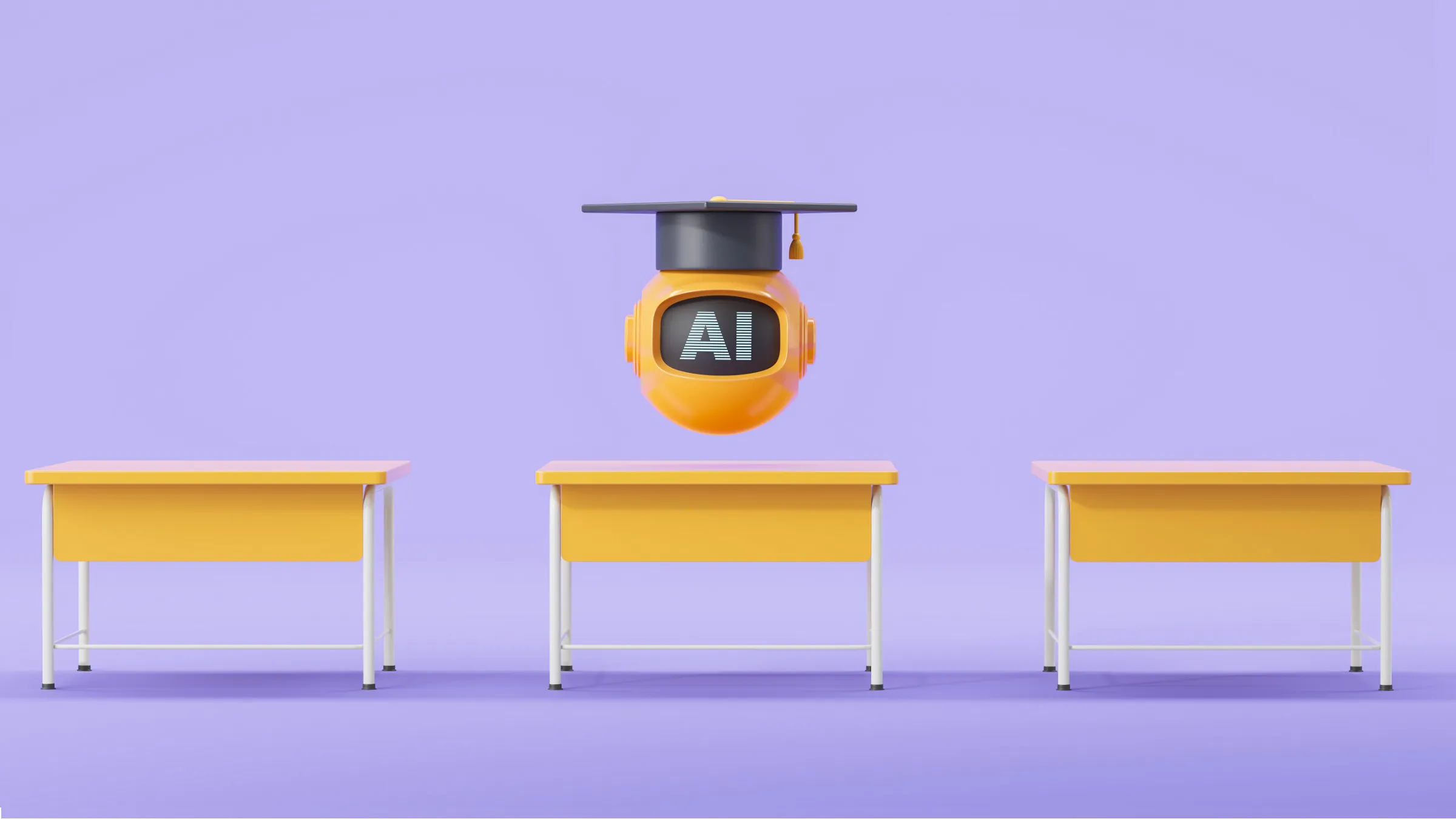
http://cacm.acm.org/blogs/blog-cacm/167230-privacy-and-google-glass/fulltext
Google Glass, the wearable headset computer that is just starting to trickle out, has seen a lot of press, much of it negative on the issue of privacy. As someone who has studied mobile computing and privacy for about a decade, I thought it would be useful to examine why there has been such negative sentiment, looking at people’s concerns from two different perspectives, and see what lessons can be drawn. (For disclosure purposes, Google has funded my research several times, and will be sending my colleagues and I several units of Glass for research purposes).
Lessons from the Ubiquitous Computing Project
Let’s start out by rewinding back to 1991, when Ubiquitous Computing was first introduced to the world at large. In the seminal paper "The Computer for the 21st Century," Mark Weiser presented a grand vision in which one day computation, communication, and sensing would be enmeshed in the everyday world, and could be used to seamlessly support us in our daily lives.
Weiser led his team in developing new form factors for computation at three physical scales: tabs, pads, and boards. They also developed early forms of location-based services and context-aware computing, based on wearable badges that could be used to pinpoint one’s location inside a building. While this vision may seem like old hat now, one has to keep in mind that this work was started only a few years after the first Macintosh came out, and mobile phones were still bulky affairs that were yet to be popular.
The researchers at PARC were, by and large, very enthusiastic about the potential of ubiquitous computing. However, the popular press was decidedly not. There were a number of negative news articles, with titles like "The Boss That Never Blinks," "Orwellian Dream Come True: A Badge That Pinpoints You," and "You’re Not Paranoid: They Really Are Watching You."
I suspect there were two reasons why there was a backlash. First, the PARC researchers had not built any kinds of privacy protections into their system. While they knew privacy was a concern from the start, they did not have good ideas for how to address the problems. Furthermore, they had to devote a lot of effort on just making the technologies even work in the first place. However, when journalists asked the inevitable questions about privacy, the researchers did not have any good answers. To some extent, this scenario is playing out in the exact same way for Google Glass. Many people are asking reasonable questions about privacy, and I have not heard any solid responses yet about how those concerns will be addressed.
Second, there was an unclear value proposition for end users. The PARC team was comprised mostly of people from technical backgrounds, and when talking with journalists, the discussion usually centered on how the technologies worked rather than what benefit they could offer people. Interestingly, the narrative seemed to shift when the researchers started framing things in the form of "Invisible Computing," talking about how these systems could support people as they go about their everyday lives. Google is doing better on this front, by pushing the fashion aspects of Glass, by having some concept videos of what Glass can offer, and by having lots of non-developers try out the system. However, Google still has a long way to go in conveying what value it can actually offer today to everyday people.
This notion of the value proposition has been seen in the success and failure of many groupware systems as well. Jonathan Grudin, a scientist at Microsoft Research, long ago observed that those who do the work in using a groupware system have to be the same as those who get the benefits, otherwise the system is likely to fail or be subverted. My privacy corollary is that when those who bear the privacy risks do not benefit in proportion to the perceived risks, the technology is likely to fail. Right now, the implicit narrative in the popular press is that many people could be surreptitiously monitored by users of Google Glass at any time, and do not perceive any kind of value in return. Unless this perception is changed, it is likely there will continue to be negative perceptions of Glass outside of the core of early adopters.
Expectations of Privacy Change
The second perspective I will use for thinking about Google Glass and privacy is that of expectations.
One of my favorite papers about expectations is by Leysia Palen, an HCI researcher at the University of Colorado, Boulder. In 2000, Palen presented a paper at the Computer Supported Cooperative Work conference looking at the behaviors and practices of new mobile phone users. One finding was that these new users were not particularly good at predicting what their own attitudes and behaviors would be a month after getting their first mobile phone. For example, before they got their mobile phone, many participants reported being annoyed at people who used their mobile phones while driving or for casual chat in public places like restaurants and movies. However, just a few weeks later, many of the participants were exhibiting those same behaviors. Another interesting finding was that participants who had more exposure to mobile phones through friends or colleagues were better at predicting how they would be using phones.
Many other technologies have faced similar changes in expectations over time. Warren and Brandeis’ famous definition of privacy as "the right to be let alone" came about in part because new cameras in the late 19th century made it possible to take photographs in just several seconds, invading "the sacred precincts of private and domestic life." Kodak cameras fared no better on the privacy front in their early days (as noted in "The Kodak Camera Starts a Craze" on the PBS.org website):
The appearance of Eastman’s cameras was so sudden and so pervasive that the reaction in some quarters was fear. A figure called the "camera fiend" began to appear at beach resorts, prowling the premises until he could catch female bathers unawares. One resort felt the trend so heavily that it posted a notice: "PEOPLE ARE FORBIDDEN TO USE THEIR KODAKS ON THE BEACH." Other locations were no safer. For a time, Kodak cameras were banned from the Washington Monument. The "Hartford Courant" sounded the alarm as well, declaring that "the sedate citizen can’t indulge in any hilariousness without the risk of being caught in the act and having his photograph passed around among his Sunday School children."
Similarly, in the book America Calling, sociologist Claude Fischer documented the social history of the telephone. In one of my favorite passages, Fischer observed that at first, many people actually objected to having landline phones in their homes, because it "permitted intrusion…by solicitors, purveyors of inferior music, eavesdropping operators, and even wire-transmitted germs."
While these examples may seem quaint by modern standards, they represented real concerns that people had at the time. In fact, it is worth pointing out that many of these same problems still exist (inferior music now comes in the form of the Muzak you listen to when put on hold). The main difference is that our expectations of how these technologies will be used have changed over many decades, as we have adapted via changes in our social norms and laws.
So there are two points here relevant for Google Glass. The first is that we all lack experience with how we might use wearable computers, and so it is very likely that most of our expectations will be off the mark. The second is that expectations can change over time, as we learn to adapt to the technology and its affordances, but only if we start to see real value in it.
It is also worth pointing out that expectations can also change quite rapidly and dramatically. Perhaps the best example of this is the introduction of Facebook’s News Feed in 2006. Before News Feed was rolled out, you could only see a person’s status updates by going to their individual profile pages. What News Feed did was aggregate all of those updates in a single place. When News Feed was first made public, people’s initial reactions were predominantly negative, and often viscerally so. Many Facebook groups were formed denouncing News Feed, and Facebook CEO Mark Zuckerberg even went so far as to publicly respond to all of the negative press. Facebook stuck to its guns and continued to push News Feed. In the course of just a few months, a lot of the criticism died out as people saw value in News Feed and became used to it. Now, several years later, I seriously doubt you could find someone who would want to give up News Feed.
Now, this does not mean people’s privacy concerns always change in the way you want, or the way you expect. There are also plenty of examples where products were killed or features rolled back due to serious privacy concerns. My main points here are that we all have little experience with wearable computers, expectations of privacy can change, and perceived value is a major factor in driving that change. However, there remains a very big gap in the community’s understanding of the best ways of mitigating these kinds of privacy issues up front, and the best ways of managing and designing for those changes. All I can say for sure is to buckle your safety belts, because Google Glass is just one of many of these kinds of big changes in computing we will likely see in the future, and it will be a wild, scary, crazy, and exciting ride.



Join the Discussion (0)
Become a Member or Sign In to Post a Comment